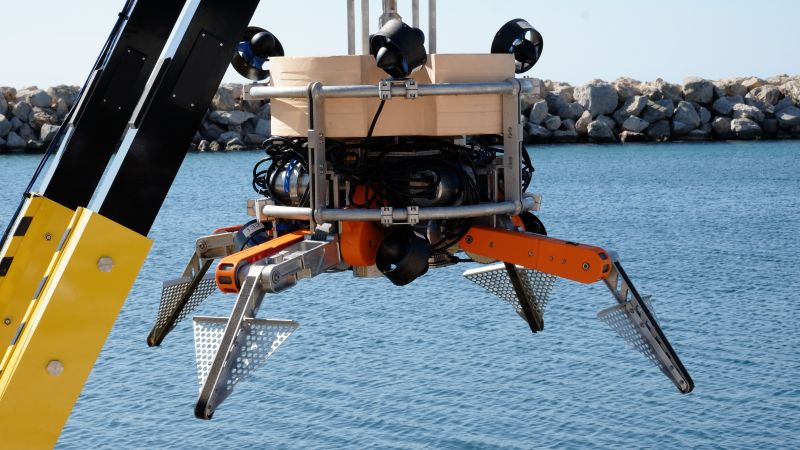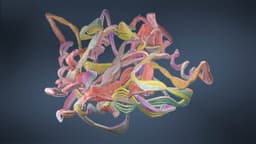Home / Environment / AI Diver Cleans Seabed Debris
AI Diver Cleans Seabed Debris
24 Nov
Summary
- Autonomous robot identifies and retrieves marine litter from the seabed.
- Smart Grapple uses AI and sonar for trash detection, grasping items up to 250 kg.
- EU-funded SeaClear 2.0 project aims for robotic deployment by 2030-2033.

Marine pollution is a growing environmental crisis, with millions of tons of plastic accumulating in the ocean annually. To combat this, researchers at the Technical University of Munich have developed the Smart Grapple, an autonomous diving robot equipped with artificial intelligence. This robot utilizes onboard cameras and sonar to identify and grasp marine debris, including items weighing up to 250 kilograms, before bringing them to the surface for recycling.
The Smart Grapple is part of the larger EU-funded SeaClear 2.0 project, which brings together thirteen European organizations to develop a comprehensive system for mapping and collecting marine litter. This initiative aims to significantly expand the scope and efficiency of underwater cleanup efforts, which are currently heavily reliant on human divers.
While the technology is still undergoing development, with some demonstrations requiring remote control, the goal is full autonomy. Researchers emphasize that while robots like the Smart Grapple offer a powerful new tool, they are not a complete solution and reduced littering remains crucial. Widespread deployment of these robotic systems is anticipated between 2030 and 2033.




